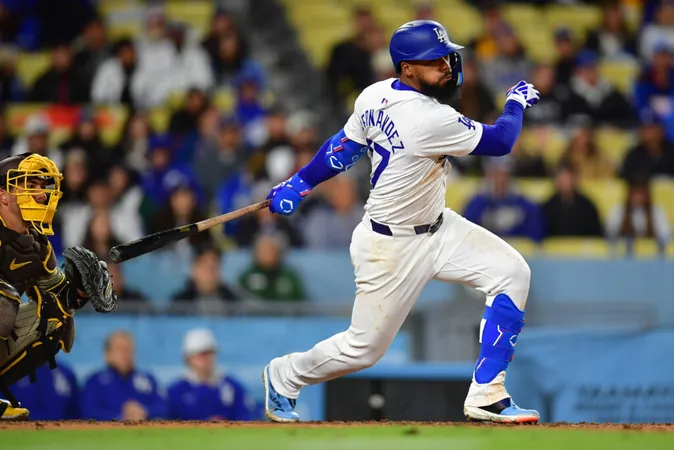
Do Blind Individuals Experience Visual Imagery in Their Dreams? The Surprising Truth!
2024-12-28
Author: Wai
Have you ever wondered how blind individuals experience dreams? Can they see images in their sleep despite not having the ability to visualize them in wakefulness? Recent studies delve into this fascinating question, revealing complexities in how dreams manifest for those without sight.
Research indicates that while congenitally blind individuals—those born without vision—do not tend to experience visual imagery in dreams, the story is different for people who lost their sight later in life. A notable 2014 study highlighted that individuals who became blind after the age of seven may still retain some capacity to dream in images. As Maurice Ptito, a visual neuroscientist at the University of Montreal, states, "A person blind at age 7 or before who has been blind for 20 years loses virtually all visual experiences in their dreams."
Conversely, dreams of congenitally blind people predominantly rely on other sensory modalities, such as hearing, touch, taste, and smell, according to cognitive neuroscientist Monica Gori. Interestingly, a handful of studies challenge the perception that visual experiences are entirely absent in the dreams of those who have never seen. For instance, research published in 2003 demonstrated that congenitally blind individuals exhibited brain waves typically associated with visual processing while asleep. Furthermore, a more recent 2023 study gathered data from 180 dreams of seven congenitally blind participants, revealing instances of vision-like descriptions, igniting curiosity and inquiry into the mind's complexities.
As cognitive neuroscientist Helene Vitali points out, the possibility that blind individuals could dream in images offers a unique window into experiences they are otherwise unable to perceive in their waking lives. However, Ptito cautions that merely having visual cortex activity during dreams does not signify seeing images. Instead, he elaborates that for many blind individuals, the visual cortex has adapted to handle other functions. Engaging in activities, such as reading Braille, can stimulate the visual cortex, resulting in sensations that feel tactile rather than visual.
The intriguing realm of dreaming might also serve as a virtual reality simulator during REM sleep, according to Vitali. This could potentially allow the brain to create image-like representations based on the sensory information it receives. Nevertheless, dissecting this phenomenon is no easy feat. Though congenitally blind individuals may experience dream images, they lack a frame of reference to connect these representations to conventional sighted experiences, as noted by Christopher Baird, a physicist at West Texas A&M University.
In a groundbreaking effort to better understand how blind individuals construct dream images, Gori and her team are currently conducting research, with results anticipated soon. Moreover, advancements in artificial intelligence may enable deeper analysis of brain scans from blind participants during dreaming, drawing parallels with sighted individuals.
The potential applications of this research are vast. Vitali underscores the promise of utilizing dreams as a rehabilitative tool, suggesting that dreaming about particular tasks can enhance memory and learning processes. This innovative approach could lead to targeted sensory stimulation during sleep to aid in developing spatial awareness—a crucial skill often challenging for blind individuals navigating their environments.
In conclusion, the exploration of dreams in blind individuals provides not only answers but raises further questions about the adaptability of the human brain. The quest to uncover the mysteries of dreaming could pave the way for transformative therapies that enhance the lives of those facing visual impairments. Could this lead to a revolutionary understanding of dreams and perceptions for everyone? Stay tuned!





 Brasil (PT)
Brasil (PT)
 Canada (EN)
Canada (EN)
 Chile (ES)
Chile (ES)
 España (ES)
España (ES)
 France (FR)
France (FR)
 Hong Kong (EN)
Hong Kong (EN)
 Italia (IT)
Italia (IT)
 日本 (JA)
日本 (JA)
 Magyarország (HU)
Magyarország (HU)
 Norge (NO)
Norge (NO)
 Polska (PL)
Polska (PL)
 Schweiz (DE)
Schweiz (DE)
 Singapore (EN)
Singapore (EN)
 Sverige (SV)
Sverige (SV)
 Suomi (FI)
Suomi (FI)
 Türkiye (TR)
Türkiye (TR)